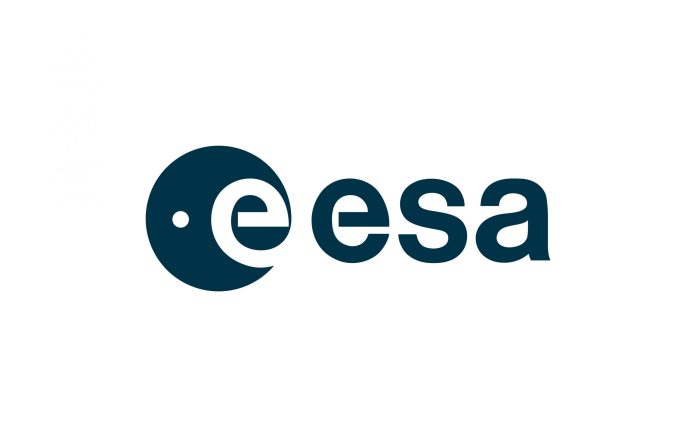While most ESA personnel work from home during the COVID-19 pandemic, essential activities continue to take place on site across Agency establishments while following social distancing protocols.
In ESA’s Materials and Electrical Components Laboratory -one of a suite of labs based at the ESTEC technical centre in Noordwijk, the Netherlands -testing has continued on critical elements for several missions and projects.
For instance, the lab supported the ‘bakeout’ of the Filter Wheel Assembly for the Proba-3 formation flying mission’s main ASPIICS instrument -which will image the Sun’s ghostly surrounding atmosphere, or ‘corona’ from one satellite while another satellite blocks out the blinding solar disk.
The development of this payload was on the critical path, and the test had to be performed at very short notice just before Christmas. The successful bakeout took place with full personal protection measures in place, in order to host the customers arriving from abroad with the flight hardware.
Focusing on mission external elements, thermal endurance tests are currently underway on multilayer insulation (MLI) materials and solar cell assemblies. These tests are being carried out using the eXtreme Temperature Exposure System, XTES and XTES2 facilities -this latter facility having been procured and commissioned during the pandemic -which can reach and maintain incredibly high temperatures for long periods of time.
For example, components of an MLI for the JUICE mission to Jupiter are undergoing a three-month test to address their thermal stability under mission representative conditions.
The lab is also supporting the development of new radiation-resistant coatings, by exposing them to ultraviolet and vacuum-ultraviolet light in the Synergistic Temperature Accelerated Radiation 2 (STAR2) facility).
All the environmental tests are aided by materials characterisation and analysis with state-of-the-art equipment, such as microscopic and spectroscopic analysis, thermo-optical measurements, thermal analysis and more. So the lab’s work has not halted, despite COVID-19 restrictions, but is proceeding as smoothly as possible.
Related Links
Materials and Electrical Components Laboratory
Space Technology News – Applications and Research
|
Thanks for being there; We need your help. The SpaceDaily news network continues to grow but revenues have never been harder to maintain.With the rise of Ad Blockers, and Facebook – our traditional revenue sources via quality network advertising continues to decline. And unlike so many other news sites, we don’t have a paywall – with those annoying usernames and passwords.Our news coverage takes time and effort to publish 365 days a year.If you find our news sites informative and useful then please consider becoming a regular supporter or for now make a one off contribution. |
||
|
SpaceDaily Monthly Supporter $5+ Billed Monthly |
||
paypal only
SpaceDaily Contributor
$5 Billed Once
credit card or paypal
Researchers construct molecular nanofibers that are stronger than steel
Boston MA (SPX) Jan 26, 2021
Self-assembly is ubiquitous in the natural world, serving as a route to form organized structures in every living organism. This phenomenon can be seen, for instance, when two strands of DNA – without any external prodding or guidance – join to form a double helix, or when large numbers of molecules combine to create membranes or other vital cellular structures. Everything goes to its rightful place without an unseen builder having to put all the pieces together, one at a time.
For the past couple … read more
– Advertisement –
